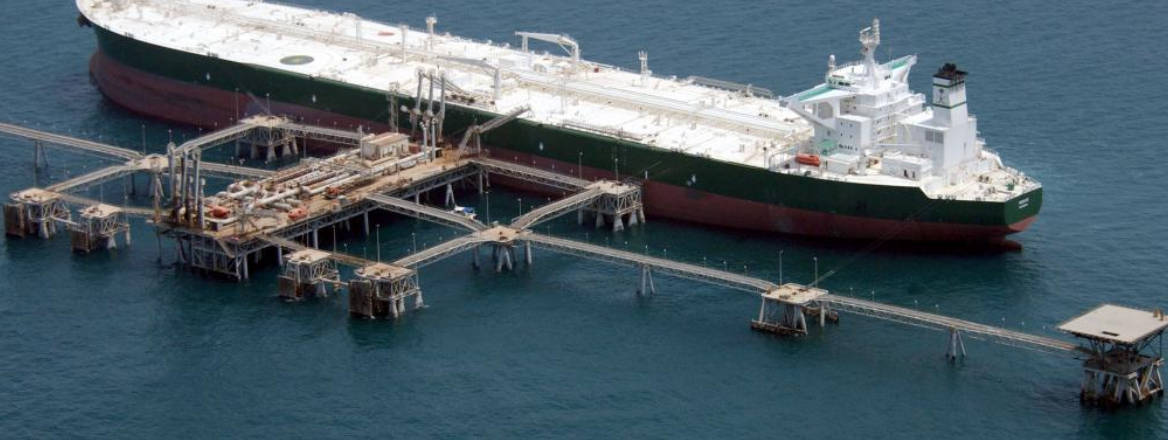The attacks on oil installations in Saudi Arabia are grim reminders of Iran’s challenge to the entire Middle East, and the paucity of US options.
The latest attacks against oil facilities in the Kingdom of Saudi Arabia are a deeply troubling development. The strikes are the latest in an escalating pattern of instability and violence that has plagued the Gulf region since the collapse of the nuclear deal with Iran, and the re-imposition of US sanctions against the Islamic Republic. Whether the attacks were ordered directly by Iran or not, they highlight what has become a concerning trend: over the past six months attackers of questionable origin (but certainly connected to Tehran) have targeted tankers, critical national infrastructure and transport hubs in the region, causing vast damage and disruption. These attacks have intensified in scope and scale, leading to the recent brazen attempt to scuttle Saudi Arabia’s most sensitive oil production facilities.
The attack could not have come at a worse time for Saudi Arabia, for the Kingdom is beset by challenges, both internal and external, and has borne the brunt of the increasing tension between the US and Iran over the past six months. Four and a half years of war in Yemen have produced few positive outcomes; indeed, the war is in danger of becoming an outright failure as none of the strategic aims stated at its outset have been achieved. So, rather than reducing border threats to Saudi Arabia, security problems have only increased. The Kingdom is now under regular attack from both Iraq and Yemen as drone and missile strikes of increasing sophistication and precision bombard its towns and critical national infrastructure. As regional tensions have spiked, the Kingdom’s lack of military response and increasing reliance on US troop deployments and support has made it look weak in the face of ever-escalating hostility from Tehran.
If it is the case that cruise missiles were launched from Iran towards Abqaiq, the Saudi Aramco oil-processing facilities located in the Eastern Province of Saudi Arabia, then Tehran has sent a clear and incontrovertible signal to US President Donald Trump that the punishing US-led sanctions will not dent Iran’s ability to place pressure on US allies and harm global economic interests. Furthermore, the aggressive nature of such an attack questions the efficacy of Western military deployments in the Gulf. Overwhelming US firepower in the area prevents any direct conflict between Saudi Arabia and Iran from ever breaking out but has done nothing to prevent Iran from ratcheting up the tension in the region and getting away with months of aggressive and destabilising behaviour.
The need for all sides to avoid war plays in Tehran’s favour, for Iran can dominate the escalation ladder, while the threat of US retaliation remains low. Much now rests on what Trump decides to do from here. Even when his hawkish National Security Advisor John Bolton was by his side, Trump deferred direct military action against Iran following the downing of a US drone on 20 June; the president opted instead for a limited cyber attack in response.
The US is certain that the attacks originated in Iran (tracking launch patterns is a relatively easy task) so any response that they formulate will likely be aimed at Iranian military assets. But such a strike would have to be limited in scope; Trump’s desire to avoid a war with Iran (primarily for domestic reasons) will ultimately guide US actions, even if Washington’s response ends up having negative long-term strategic consequences for regional security.
In retrospect, the Trump White House has made two critical mistakes in its Iran policy. Firstly, it underestimated Iran’s intent to respond to strategic and financial pressure placed upon it. And, concomitantly, Washington overestimated its ability (and that of its regional partners) to contain Iranian tactical disruption. The military deficiencies and vulnerabilities of the Gulf are well known, and Tehran’s investment in proxy militias across the region has afforded it immense tactical and strategic advantages. Washington has long understood that Iran’s regional presence was highly problematic and destabilising, yet despite all the wargaming and the policy papers issued in Washington on the topic, the US appears ill-equipped to deal with the consequences of raising the stakes in the strategic confrontation with Iran. Pulling out of the nuclear deal was presented by the Trump administration as one way of addressing the problem of Iran’s regional behaviour by containing Iranian power; instead, it merely amplified the security challenge emanating from Iran.
While it is true that Iran’s aggressive behaviour was trigged by Washington’s abandonment of the nuclear deal, it is unwise to suggest that returning to the terms of the nuclear deal should be the remedy. European efforts to provide Iran with the means to continue exporting its goods despite the US sanctions simply cannot work at this point. But at the same time, Saudi Arabia’s weakness means that Washington cannot afford to talk or make concessions with Tehran, at least not now. Talking would not only solidify Iran’s enhanced regional position in the face of its rivals but would also be rewarding Tehran for its poor behaviour.
Yet there is little alternative than to face down Tehran at this point – at least until Iran changes course and seeks an accommodation that is not leveraged off the back of attacks on other countries, or the frequent use of proxy warfare.
The views expressed in this Commentary are the author's, and do not represent those of RUSI or any other institution.
WRITTEN BY
Michael Stephens
RUSI Senior Associate Fellow, International Security


